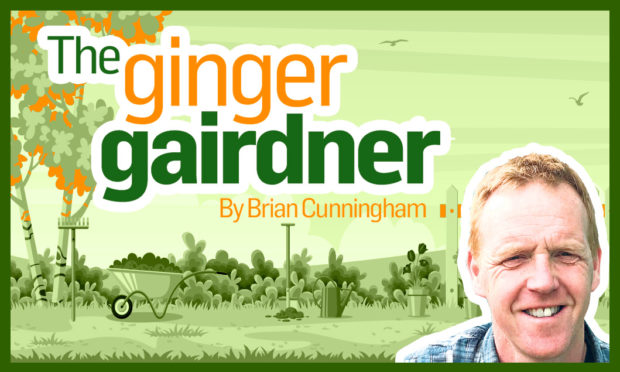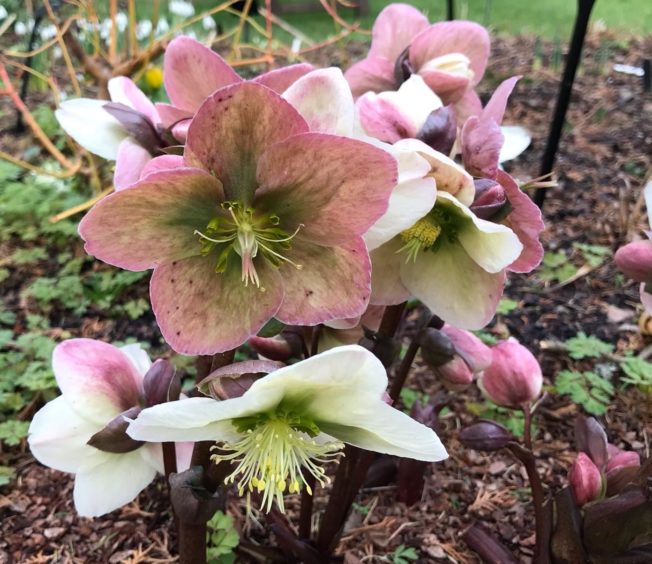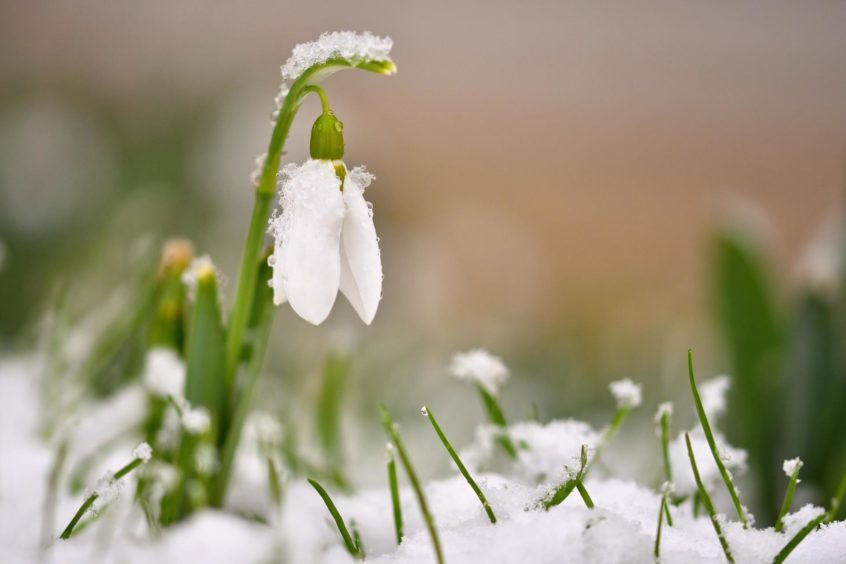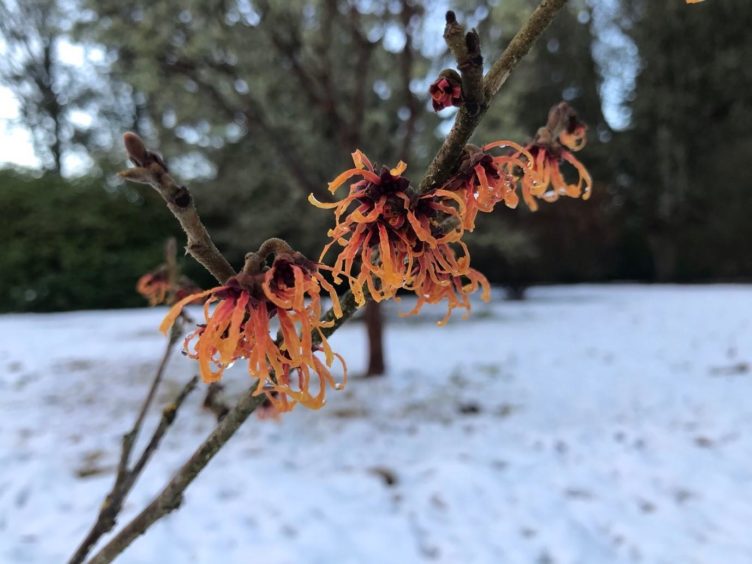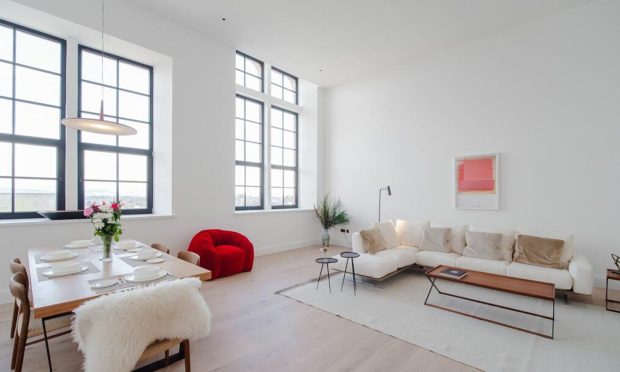It’s now time we have a bit more of colour in our lives and that’s being given to us by lovely little Hellebores.
Looking out the window to the soil bare, parts of your garden can feel monochrome – but adding of a few of these little charms will create a little sparkle.
We have our own native, commonly known as the ‘stinking hellebore’ perfectly describing the foliage when crushed, but it’s varieties of the ‘Christmas’ and ‘lenten rose’ that I’ve started taken a fancy for, adding a bit of cheer to my garden in winter.
Cutting away the old foliage of these perennials is recommended in late autumn to reduce the spread of disease, but I have to admit I never get around to doing this at that time. I prefer to leave it as one of the first jobs I do straight after Christmas, I find it a nice way to connect with the soil again and the new season ahead, checking on the progress of the new flowers and how far they are coming on depending on what kind of winter we are having.
They’re not little plants, in fact with their foliage they create a mound up to 60cm/ 2ft tall, which being toothed and leathery bring a different kind of interest for the rest of the year after the blooms have faded.
The flowers do tend to droop though, meaning you may have to stoop down yourself to be able to fully appreciate them, but its worth it.
The cup-shaped, spotted flowers that come in shades of white, pink and purple are beautiful- a word that is used quite often to describe flowers but in this case couldn’t be more perfect.
To be able to see them better one little trick you could do is plant at a higher level like the bank or terrace beside a path. I’ve planted in a hanging basket before, next to the back door, knowing I could look up and straight into the flowers for a perfect view.
It kind of worked but these plants don’t like being moved about and I just wonder if I upset the roots a bit too much during all this, as they didn’t survive once I planted them out into the soil.
Other than that they are tough plants once established, and they’re supposed to be deer and rabbit resistant, what more could we want!
Hellebores along with spring Crocus, Snowdrops and Winter Aconites are perfect for a late winter/ early spring display underneath the canopies of trees and deciduous shrubs, strutting their stuff before being hidden away from view once the plants towering over them are fully clothed with leaves again.
This is a great way to make use of every bit of space you have, however if you do have the luxury of a little extra room then I’d recommend filling with a plant which has the most unusual of flowers found on the winter flowering shrub Hamamelis.
The Witch Hazel was one of the first shrubs I recall learning about. I’m not sure now if this was due to their little spidery looking, ribbon-petalled flowers, or because it was the first time I appreciated that plants can flower in winter too. I just love them.
Their yellow, red and orangish coloured flowers appear before the leaves do and are able to stay intact no matter what the weather the winter wants to throw at them. Yellow forms such as ‘Barmstedt Gold’ are scented.
The foliage resembles that of the Hazel which, before dropping at the end of the growing season, give us fine autumn-coloured displays of yellow and oranges, deservedly earning their place in my list of ‘Top plants for the tight Scot’ plants, which give us more than one season of interest being excellent value for money.
The prospect of pruning can be quite daunting for some gardeners, the joy of these slow-growing shrubs being that they generally do not require any except for removing any dead wood.
What you should be looking out for and removing is growth coming from the base of the plant, also known as suckers, they will be coming from the rootstock from which a cutting from the cultivar you are buying has been grafted on to.
Tough and reliable plants for our Scottish gardens there are certainly a few out there to choose from, but if I had to pick just one it would be Hamamelis x intermedia ‘Jelena’, growing 3-4m tall and the wide, flowers are a rich coppery-red colour which appear more orange. The foliage turns a similar colour in autumn.
Wee job for weekend
I noticed a bit of mould on the neck of a few of my onions I’ve started off in modules growing in my glasshouse. It’s been a cold winter so it’s not surprising, despite me having a heater in here to try keep the temperature of the house frost-free. Going forward there will be a few sunnier days where it will be warm enough to open up the door and vents for an hour at the middle of the day to get a bit of air flowing through and dry the house out.
